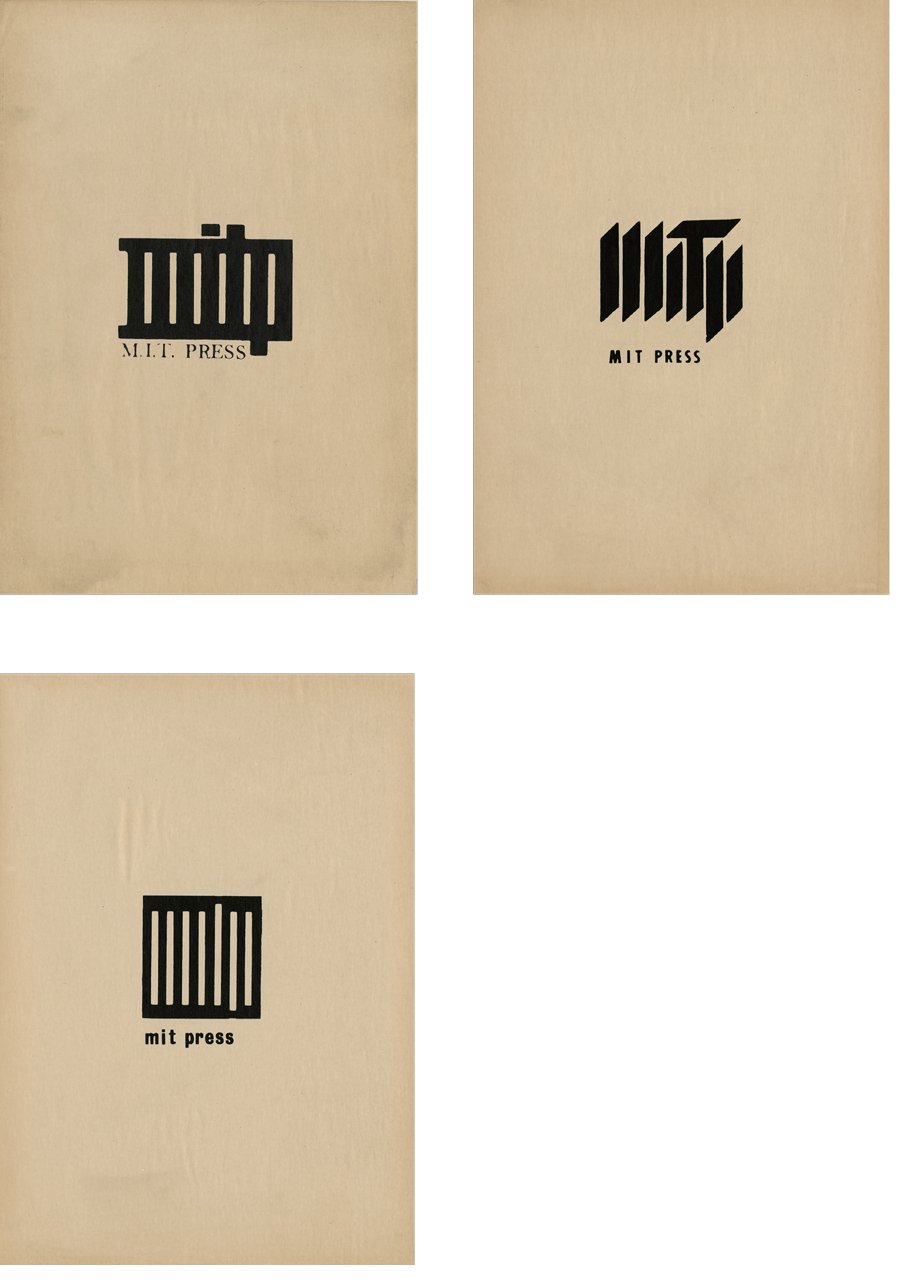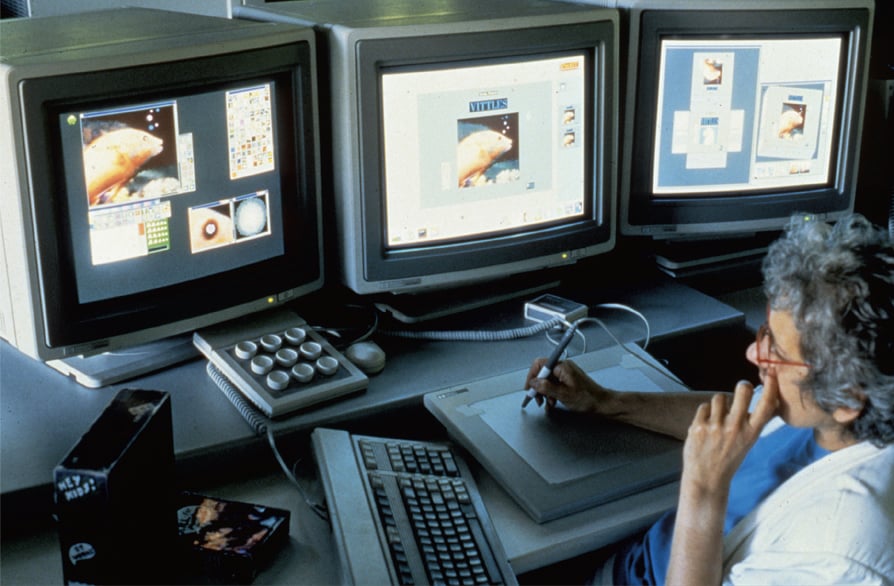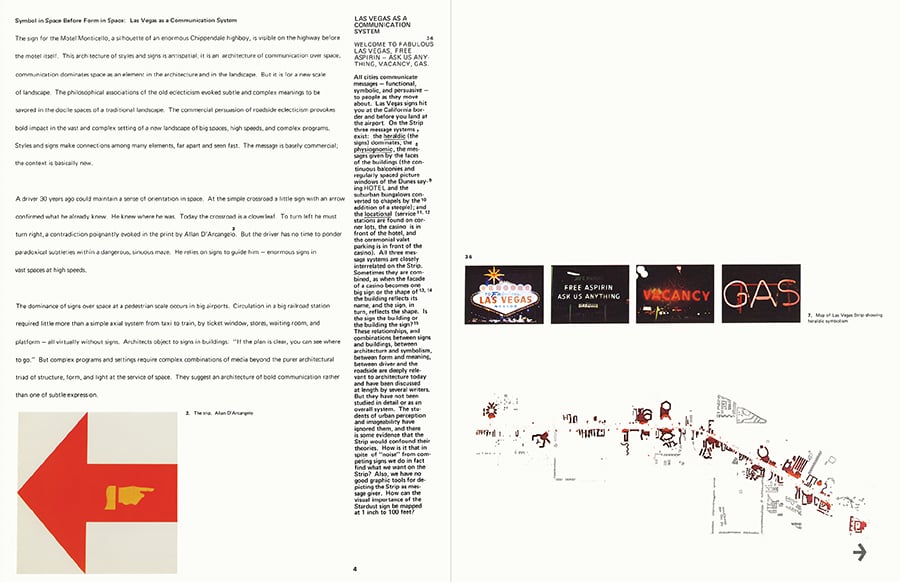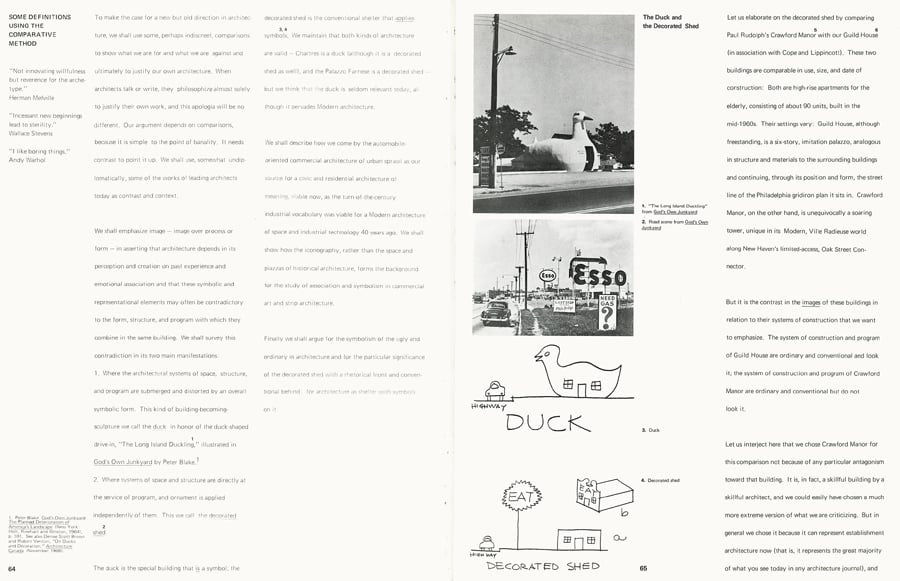
December 6, 2017
New Book from MIT Honors Pioneering Graphic Designer Muriel Cooper
Cooper is not in the pantheon of “great men” of graphic design, despite being the rare or even singular figure whose achievements were marked in both print and digital media.

The following text is the introduction to the new book Muriel Cooper (MIT Press, 2017). Metropolis has excerpted it here; the accompanying gallery features a wide selection of images that also appear in the book.
Muriel Cooper (1925-1994) worked across four decades at the Massachusetts Institute of Technology in overlapping roles as a graphic designer, teacher, and researcher. Spanning the transition from print to early explorations of digital typography to immersive information environments, her career maps onto one of the most dynamic periods in the Institute’s history. At the MIT Press, Cooper designed the publisher’s iconic logo, gave form to many volumes central to the history of art and architecture, and developed design and production standards still in use today. At the Visible Language Workshop within MIT’s Department of Architecture, she taught experimental printing and hands-on production and tested new photography and video systems. And as a founding faculty member in the MIT Media Lab, she developed new software interfaces and mentored a generation of designers.
Yet hers is not a household name. Cooper is not in the pantheon of “great men” of graphic design, despite being the rare or even singular figure whose achievements were marked in both print and digital media, at the threshold of a historic transition between the two. She was more interested in process and research than product; her technical projects were often difficult to understand and not always public; and she worked behind the scenes or collaboratively, rather than under her name alone (a fact which vexes the attributions throughout this book). Cooper worked too hard, and died too young, to document her own career in any comprehensive way. This book, which appears more than twenty years after her passing, aims to bring together her activity at MIT alongside that of her students and colleagues, and place it in the context of currents in art, design, architecture, and media at and beyond MIT.

The two essays discuss Cooper’s early and late work in print and software, respectively. These are followed by three portfolio sections, organized according to her overlapping but roughly chronological activities of design, teaching, and research from the mid-1950s to her death in 1994. The foreword is a remembrance of Cooper from a former student; the afterword, one from a collaborator and friend. The book’s structure separates the text and image sections, as her Bauhaus book did, to let each speak for itself. The essays, however, use marginal images as a kind of visual table of contents pointing toward the portfolio sections that follow.
The work presented, from a variety of media, is given flat, equivalent treatment. In her early career as a designer and teacher, Cooper created or oversaw vast quantities of printed matter. What is included here demonstrates her approach and suggests the multiple discourses with which her work intersected, from art and design to architecture and artificial intelligence. Cooper’s late work produced fewer durable artifacts. It was a period of research proposals, live demonstrations, and ideas that took electronic form. The records that survive are 35 mm slides, videotapes, and legacy code. Cooper ‘s ideas persist in today’s responsive user interfaces, digital media templates, and ubiquitous and powerful software tools. Yet her work’s promise also remains, to some degree, open: Cooper sig naled a direction that many artists and designers are actively pursuing. This book is intended, then, not as an archive but as a sourcebook for future production.
You may also enjoy “Metropolis Holiday Gift Guide 2017: Read.”
Recent Viewpoints
Viewpoints
Navigating the Path to Net Zero















